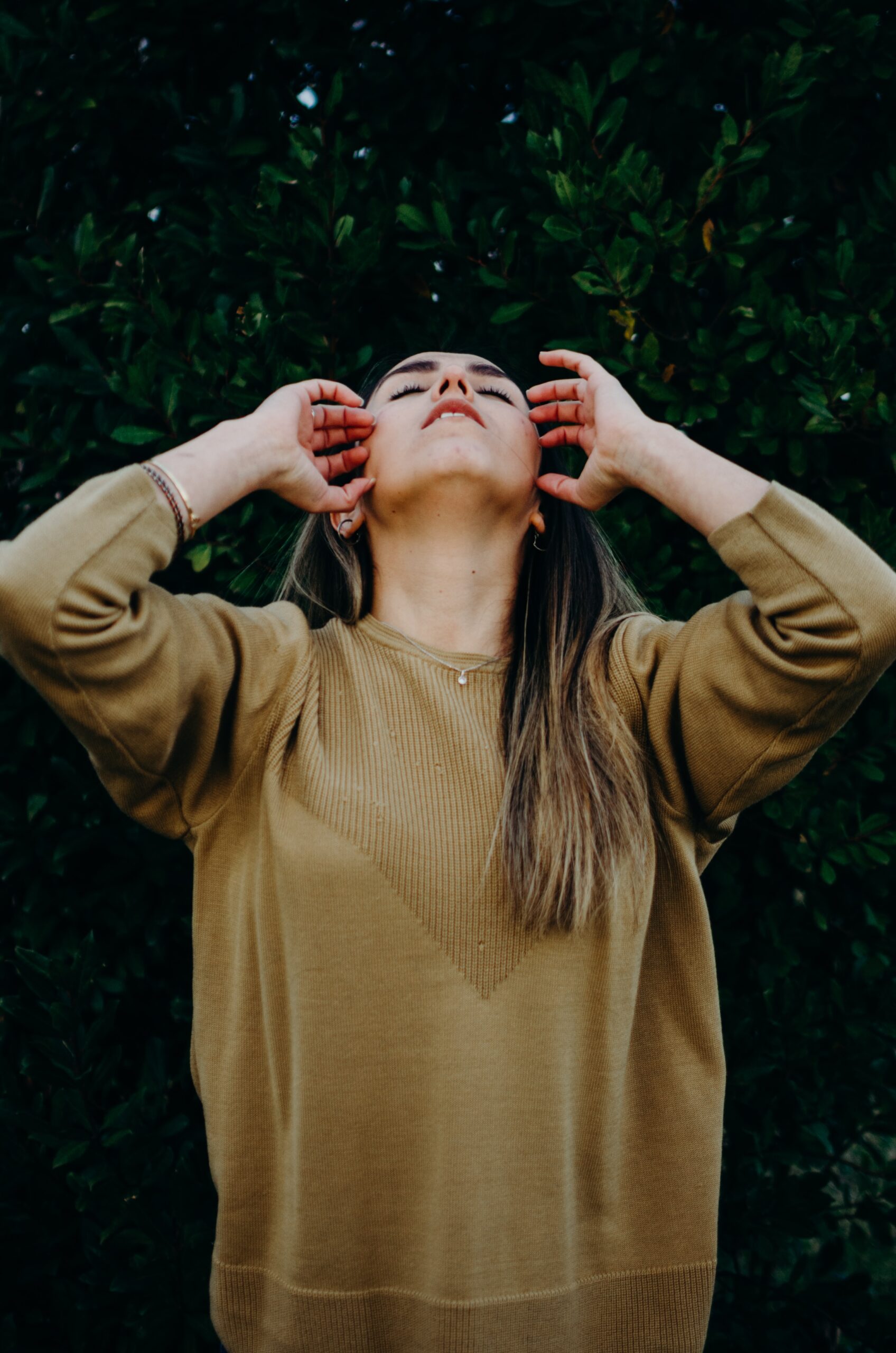
The New Compound for Anxiety; L-Theanine
Anxiety is defined by the anticipation of a future or perceived threat, associated with
behavioural manifestations that cause clinically significant distress, lasting six months or
longer.
In 2017, an estimated 284 million people experienced some form of anxiety disorder,
making it the most prevalent mental health or neurodevelopmental disorder worldwide.
Triggers of Anxiety
It is a reaction commonly triggered by stress, the external environment, and our general daily situations. Psychological stress is characterised by a physiological response to environmental stimuli that triggers our sympathetic nervous system response (also known as fight-or-flight), associated with the feelings of strain and emotional pressure.
To learn more about the impact of stress and practical solutions to managing your stress levels, please head to my previous blog here!
Anxiety and fear-related disorders include generalised anxiety disorder (GAD), panic
disorder, agoraphobias, specific phobias, social anxiety disorder, and panic attacks,
collectively rank the sixth most important contributor of non-fatal negative health outcomes.
Symptoms of Anxiety
The symptoms of anxiety have a broad and significant negative impact in daily activities for
the affected individual as well as their peers, family, and those closest to them. Those who
suffer from anxiety report having lower quality of life, ability to function, self-worth, and feel
less connected to others.
Anxiety seems more common than ever in our modern society, so what can we do to help
ourselves?
Enter, L-Theanine!
L-theanine (L-γ-glutamylethylamide) is a naturally occurring, non-proteinous amino acid
found in Camellia sinensis (green and black tea), with a small amount also being found in
Bolete mushrooms. L-theanine is able to cross our blood–brain barrier, and is transported to the brain in a dose-dependent manner. The chemical structure of L-theanine resembles that of L-glutamate, an amino acid that transmits nerve impulses in the brain. Therefore, L-theanine competes with L-glutamate on glutamate receptors to exert its activity.
L-theanine appears to stimulate brain-derived neurotrophic factor (BDNF) in the
hippocampus whilst binding to these glutamate receptors, having a modulatory effect on ourcentral neurotransmitter system. The anti-anxiety effects of L-theanine are thought to be due to the inhibition of the central nervous system, mediated by the inhibitory neurotransmitter gamma-amino-butyric acid (GABA). This pathway enables L-theanine to affect dopamine and serotonin concentrations in the brain, underlying its anxiolytic and anti-stress effects.
Studies have shown that L-theanine:
– Improves anxiety and stress outcomes
– Reduces state anxiety scores
– Decreases sympathetic nervous system responses following acute stressors
– Improves stress-related biomarkers, including cortisol, salivary α-amylase,
chromogranin A and immunoglobulin A
– Has blood pressure lowering effects
– May improve sleep quality and decrease sleep disturbances
– Decreases task-related error rates
– Influences pre-frontal cortical functioning
– Contributes to cognitive processes associated with attention and memory
– May be beneficial for insomnia, ADHD, autism spectrum disorders, and schizophrenia with further research needed in these areas
Can I just drink tea instead?
Several studies identify health benefits associated with the consumption of green tea
including enhanced cognitive function and increased antioxidant intake, however there is
little evidence to support that drinking green tea has anti-anxiety or decreased stress
parameters (at this stage)!
Whilst green tea is the type most commonly associated with health-benefits, Camellia
sinensis can be classified into three categories:
1. Green tea (non-fermented)
2. Black tea (fermented)
3. Oolong tea (semi-fermented)
It takes around three strong cups of Camellia sinensis tea to reach an L-theanine dose of
50mg – so to achieve a therapeutic result, tea drinkers would be looking at having between 9– 15 cups per day! This amount of caffeine may cause gastrointestinal upset or unwanted alertness, making it difficult to reach therapeutic doses form drinking tea alone.
However, that is not to say there are not fantastic benefits to drinking a few cups of organic black and/or green tea daily. Green tea is recommended if you’re looking to increase L-theanine intake, as it is unfermented, and fermentation appears to lower L-theanine concentrations.
What dose is best?
Current research suggests that L-theanine administered at daily doses ranging from 200 –
400mg for up to 8 weeks is safe and will induce anxiolytic and anti-stress effects in acute and chronic conditions.
After oral administration, L-theanine makes its way into the bloodstream through intestinal
absorption, where it is transported to the major organs of the body, including the brain.
L-theanine reaches a maximum concentration in the blood between 30 min and 2 h after
administration, explaining the acute effects of L-theanine being observed shortly after its
intake.
Besides a few reports of mild headaches, there are no other adverse side effects to L-
theanine supplementation currently recorded.
Clinically, I have seen great therapeutic benefit from doses much lower than the 200 – 400mg used in the majority of studies currently available. It is a compound that may be taken as needed, and less frequently than a daily dose – beneficial if feelings of stress, overwhelm, or anxiety arise, and not necessarily needed to be used daily.
Thank you for reading!
If you’re interested in learning more about anxiety and interventions that may suit you as an
individual, please come to our next Brunch and Learn coming up on November 3rd – A Holistic Approach to Overcoming Anxiety.
Author
Jaclyn Cave, BHSc Nat, BComm Soc
Jaclyn is a qualified naturopath with a focus on anxiety, hormones, acne and stress.
Learn more about Jaclyn here
Book a session with Jaclyn here
To learn more about L-theanine, anxiety or for speaking enquires on this topic get in touch at hello@halsahealth.com.au
References
https://www.ncbi.nlm.nih.gov/pubmed/31412272
https://www.ncbi.nlm.nih.gov/pubmed/28899506
https://www.ncbi.nlm.nih.gov/pubmed/27396868
https://www.ncbi.nlm.nih.gov/pubmed/31060476
https://www.ncbi.nlm.nih.gov/pubmed/23107346
https://www.ncbi.nlm.nih.gov/pubmed/21735448





